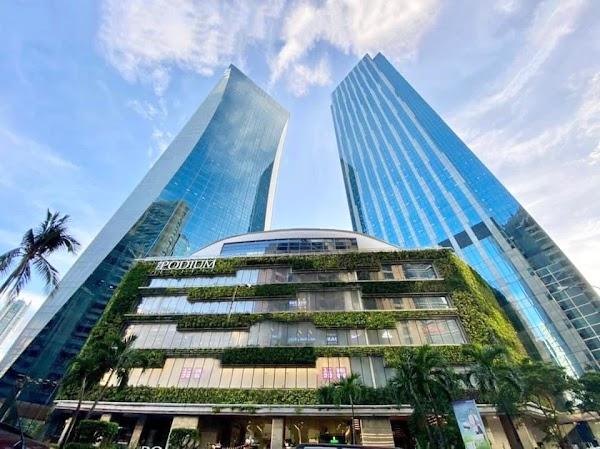
With rapid urbanization and increasing environmental concerns, the concept of sustainable cities has gained significant traction. Sustainable cities prioritize the well-being of residents, the efficient use of resources, and the mitigation of environmental impacts. This article explores the importance, key features, and benefits of sustainable cities, highlighting their potential to create thriving, livable, and resilient urban environments.
The Importance of Sustainable Cities:
As more people migrate to urban areas, the development of sustainable cities becomes crucial for addressing pressing environmental, social, and economic challenges. Sustainable cities aim to balance economic growth with environmental protection, enhance social equity, promote efficient resource use, and mitigate climate change. By embracing sustainable practices, cities can become the catalysts for a more sustainable and inclusive future.
Key Features of Sustainable Cities:
- Efficient Urban Planning: Sustainable cities prioritize compact and mixed-use development, minimizing urban sprawl and reducing the need for long commutes. Well-planned cities feature a well-connected network of public transportation, pedestrian-friendly infrastructure, and dedicated cycling lanes, encouraging sustainable modes of transportation and reducing traffic congestion.
- Renewable Energy Integration: Sustainable cities actively promote the use of renewable energy sources, such as solar, wind, and geothermal. These cities invest in clean energy infrastructure, including solar panels, wind farms, and district heating and cooling systems. By transitioning to renewable energy, cities can reduce greenhouse gas emissions, improve air quality, and enhance energy resilience.
- Green Space and Biodiversity: Sustainable cities prioritize the preservation and creation of green spaces, parks, and urban forests. These areas provide recreational spaces for residents, improve air quality, and support biodiversity. Incorporating green roofs, vertical gardens, and urban agriculture further enhances sustainability and promotes a connection to nature.
- Resource Efficiency and Waste Management: Sustainable cities adopt resource-efficient practices to minimize waste generation and optimize resource use. This includes implementing recycling programs, promoting circular economy principles, and investing in efficient water management systems. By reducing waste and maximizing resource utilization, cities can minimize their ecological footprint and conserve natural resources.
Benefits of Sustainable Cities:
- Environmental Resilience: Sustainable cities are better equipped to mitigate and adapt to climate change and natural disasters. They employ resilient infrastructure, green building practices, and nature-based solutions to manage stormwater, reduce heat island effects, and improve overall climate resilience.
- Improved Quality of Life: Sustainable cities prioritize the well-being of residents. By focusing on walkability, access to green spaces, and clean air, sustainable cities enhance the quality of life for their inhabitants. This leads to improved physical and mental health, increased social interaction, and overall happiness.
- Economic Opportunities: Sustainable cities drive economic growth by fostering innovation, attracting investments, and creating job opportunities in sectors such as renewable energy, green technology, and sustainable transportation. They also reduce long-term costs associated with resource depletion, pollution, and climate change impacts.
- Social Equity and Inclusivity: Sustainable cities promote social equity by providing affordable housing options, equitable access to services and amenities, and inclusive community engagement. They prioritize social cohesion, cultural diversity, and accessible infrastructure, ensuring that all residents can thrive and participate in the urban fabric.
Examples of Sustainable Cities:
- Copenhagen, Denmark: Copenhagen is widely recognized as a global leader in sustainable urban planning and design. The city promotes cycling as a primary mode of transportation, invests in renewable energy, and sets ambitious carbon neutrality targets. Its commitment to sustainability has led to increased liveability and recognition as one of the world’s most sustainable cities.
- Curitiba, Brazil: Curitiba is renowned for its innovative urban planning strategies. It has implemented an efficient and affordable public transportation system, prioritized green spaces and parks, and successfully integrated waste management and recycling programs. These sustainable initiatives have significantly improved the city’s quality of life and environmental performance.
- Singapore: Singapore has transformed itself into a model sustainable city through comprehensive urban planning and innovative solutions. The city-state has embraced green building practices, implemented water and energy conservation measures, and prioritized public transportation and urban greenery. Singapore’s commitment to sustainability has made it a global leader in sustainable urban development.
Sustainable cities are at the forefront of creating a better future for both people and the planet. By incorporating efficient urban planning, renewable energy integration, green spaces, and resource management, these cities offer numerous benefits, including improved environmental resilience, enhanced quality of life, economic opportunities, and social equity. As more cities around the world embrace sustainable practices, we move closer to a more sustainable, resilient, and livable urban future for generations to come.

